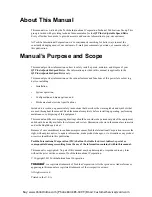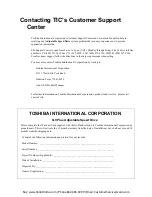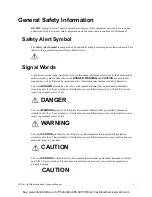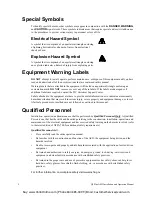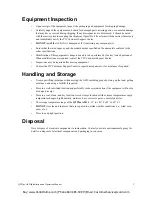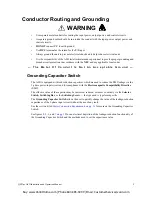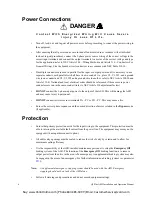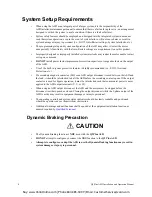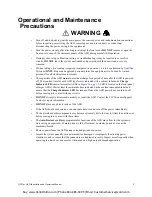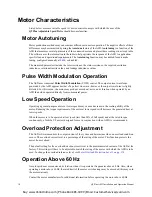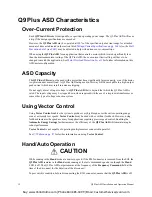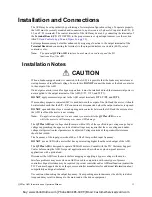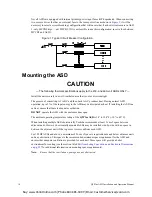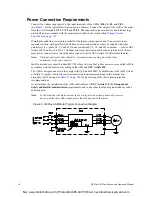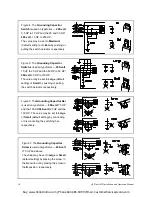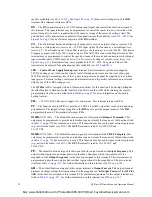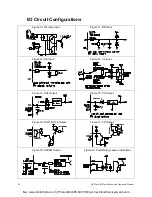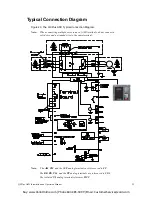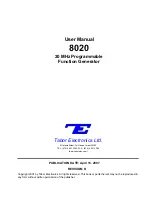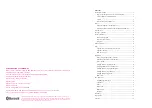
10
Q9 Plus ASD Installation and Operation Manual
Motor Characteristics
Listed below are some variable speed AC motor control concepts with which the user of the
Q9 Plus Adjustable Speed Drive
should become familiar.
Motor Autotuning
Motor production methods may cause minor differences in motor operation. The negative effects of these
differences may be minimized by using the
Autotune
feature of the ASD.
Autotuning
is a function of the
ASD that measures several parameters of the connected motor and places these readings in a stored table.
The software uses the information in the table to help optimize the response of the ASD to application-
specific load and operational requirements. The
Autotuning
function may be enabled for automatic
tuning, configured manually at
F400
, or disabled.
The measured parameters include the rotor resistance, the stator resistance, the required excitation
inductance, rotational inertia values, and leakage inductance values.
Pulse Width Modulation Operation
The ASD uses sinusoidal
Pulse Width Modulation
(PWM) control. The output current waveform
generated by the ASD approaches that of a perfect sine wave; however, the output waveform is slightly
distorted. For this reason, the motor may produce more heat, noise, and vibration when operated by an
ASD than when operated directly from commercial power.
Low Speed Operation
Operating a general-purpose motor at lower speeds may cause a decrease in the cooling ability of the
motor. Reducing the torque requirement of the motor at lower speeds will decrease the generated heat at
lower speeds.
When the motor is to be operated at low speed (less than 50% of full speed) and at the rated torque
continuously, a Toshiba VF motor (designed for use in conjunction with an ASD) is recommended.
Overload Protection Adjustment
The ASD software monitors the output current of the system and determines when an overload condition
occurs. The overload current level is a percentage of the rating of the motor. This function protects the
motor from overload.
The default setting for the overload detection circuit is set to the maximum rated current of the ASD at the
factory. This setting will have to be adjusted to match the rating of the motor with which the ASD is to be
used. To change the overload reference level, see
Motor Overload Protection Level 1 on pg. 174
.
Operation Above 60 Hz
A motor produces more noise and vibration when it is operated at frequencies above 60 Hz. Also, when
operating a motor above 60 Hz, the rated limit of the motor or its bearings may be exceeded; this may void
the motor warranty.
Contact the motor manufacturer for additional information before operating the motor above 60 Hz.
Buy: www.ValinOnline.com | Phone 844-385-3099 | Email: CustomerService@valin.com

